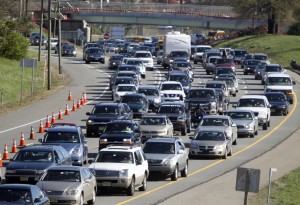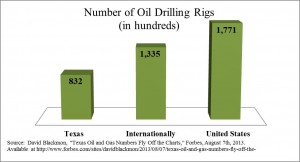Balancing Environmental and Economic Concerns
While climate change is a consideration for most Americans, some metro areas are adopting unnecessary draconian growth restrictions. The best example may be the state of California. California Assembly Bill 32 mandates that by 2020 the state reduce its greenhouse gas emissions to 1990 levels. Research indicates that the state has just about reached that goal. But instead of celebrating that goal, California lawmakers want to go much farther. Assembly member Quirk has introduced a bill to plan for carbon reductions of 80% by 2050. A 2012 report by Greenblatt and Long found that commercially available technology would be sufficient to enable California to reduce greenhouse gases by 60% by 2050. However, meeting the 80% threshold will require technological advances.
Over the last twenty years, the Los Angeles region has actually lost jobs. Between 2001 and 2011 alone, L.A. County lost 7.1 percent of its jobs. Since 1990 the region has lost 150,000 manufacturing jobs. While all metro areas have lost manufacturing jobs, Los Angeles has lost the second highest number in the country; and those jobs made up a larger percentage of the economy than first place New York. And while poor leadership and national factors have contributed to these losses, the biggest factor may be environmental regulations. Many of Los Angeles’ industrial jobs have moved to other states such as Texas with looser environmental laws. Obtaining an 80% reduction in greenhouse gases would require the city to control emissions from ships and trucks at the Ports of L.A. and Long Beach. Yet the ports are the largest and second largest container ports in the country and supply a significant percentage of metro area jobs. The ports are the biggest supplier of manufacturing jobs.
While an 80% reduction in greenhouse gases may be desirable, it will also eliminate some of the few manufacturing jobs in the region. Los Angeles needs to be increasing not decreasing the number of blue-collar jobs. And manufacturing jobs are high-paying quality jobs. In a region with major economic problems, a little balance could go a long way.

